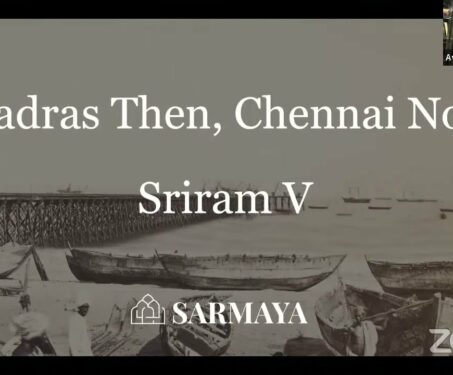

Madras Then, Chennai Now by Sriram V
Walk through the lanes of British-era Chennai with historian Sriram V and rare photographs from the Sarmaya collection

Walk through the lanes of British-era Chennai with historian Sriram V and rare photographs from the Sarmaya collection
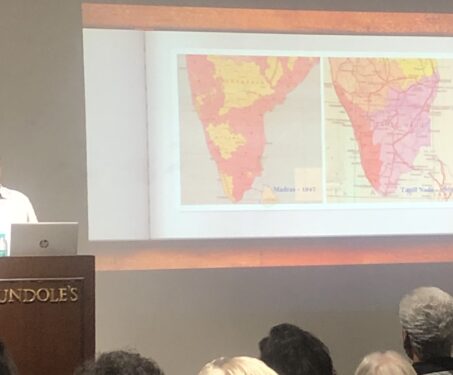
As a Chennai-based heritage activist and historian, Sriram V knows the city better than most and shares his delightful insights in this lecture
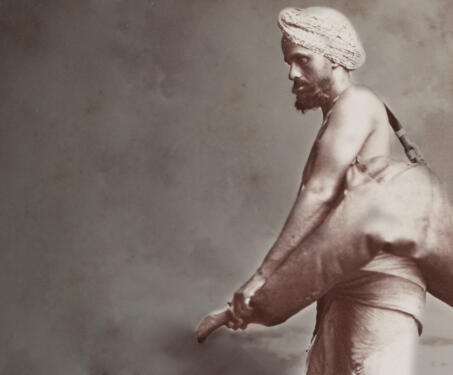
To a weary traveller or parched soldier in 19th-century India, there was perhaps no sight as welcome as the approach of a bhishti. A quick untwisting of the mouth of the mashaq slung over his shoulder, and cool clear water would splash into a grateful cupped palm.
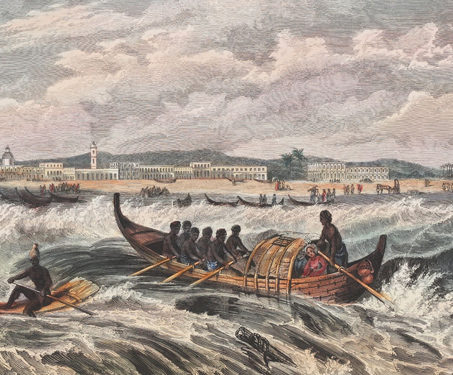
This coloured lithograph showing a boat nearing the rough shores of Madras was drawn by Leighton and later engraved by William Frederick Measom (active. 1840-1876) in the 19th century. In 1639, a British trading corporation was granted permission to establish a factory on a three-mile-long stretch of the shore on the Coromandel. The Nayakas, feudatory… Read more »
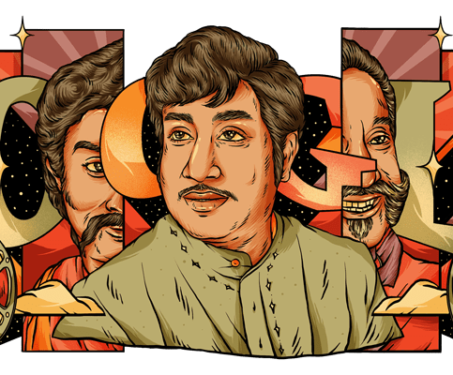
For over a hundred years, Tamil cinema has had its finger on the pulse of the region’s cultural and political life. Find out how this love story began and the chief protagonists who directed its course
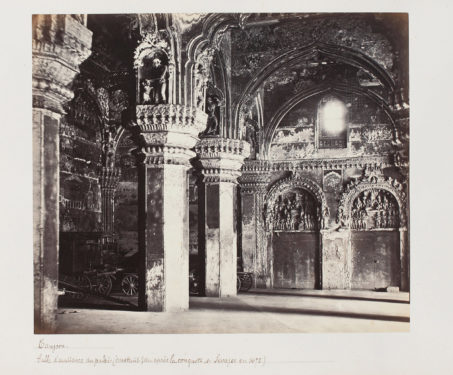
Between the 16th and 18th centuries, Thanjavur welcomed large communities of Telugu and Marathi speakers as a consequence of Nayaka and Maratha conquests in Cholamandalam. The result was a slow mingling and simmering of cultural influences, resulting in the unique artistic heritage of this temple town
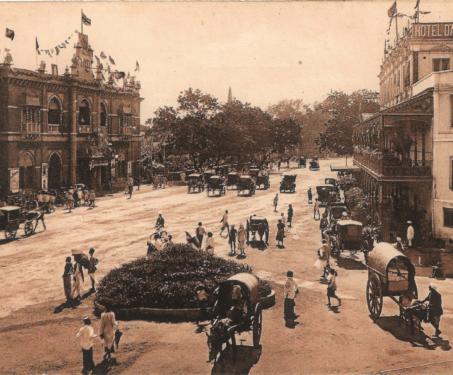
Postcards began at the end of the 19th century as a new kind of crossover between photography and the popular print market. In a collaboration with Picture Postcard Empire, we bring you a virtual exhibition of intriguing postcards from the city of Madras
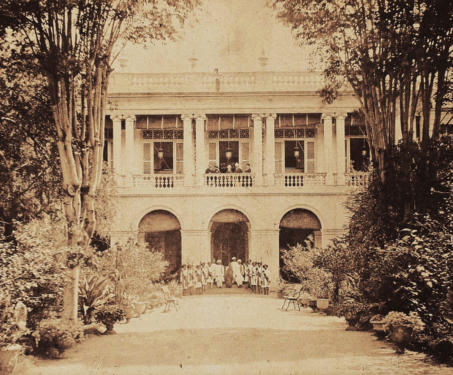
How native Tamil and colonial French influences come together in the charming melting pot of Puducherry
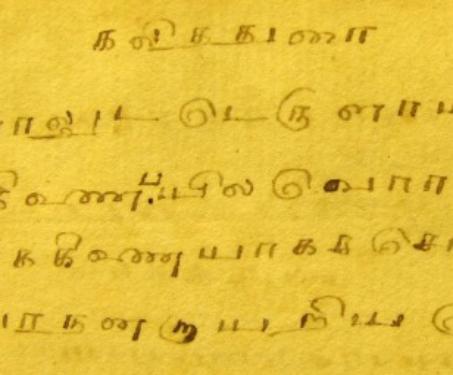
A story about Francis Whyte Ellis, a British linguist whose study of law, land and language in the 1800s would influence the Dravidian politics of the 1900s
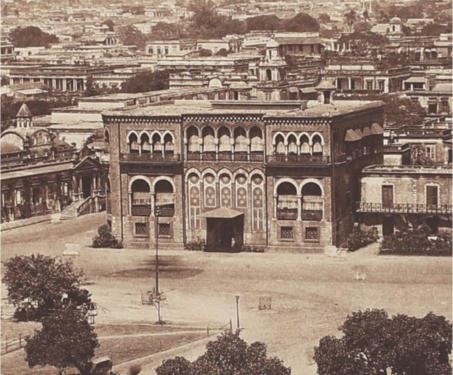
In 1639, a British trading company got permission from the local rulers to set up a factory on a thin strip of the Coromandel coast. Measuring about three square miles and lashed by the fury of the Bay of Bengal, Madraspatnam gave no early signs of the historic metropolis it would soon morph into
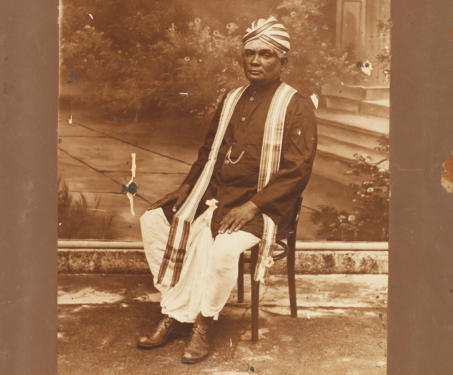
Temple jewellery, Kanjeevaram silks, pure cotton lace and the ever-chic Madras check—come with us on a style journey through the Madras Presidency
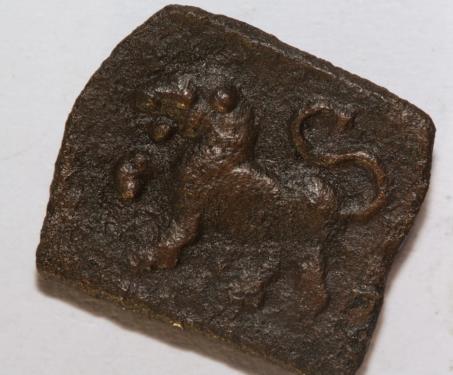
The imperial Cholas patronised all manner of visual, literary, architectural and textile arts, in essence imprinting their larger-than-life personalities on every realm that they touched
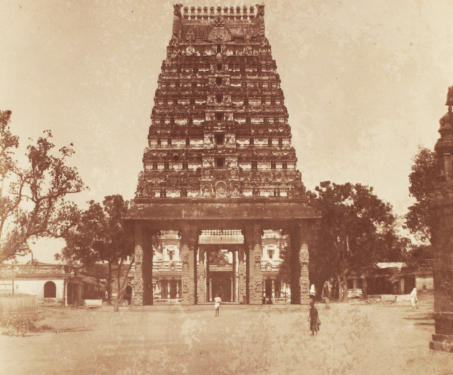
Exploring the towering gopurams of south India through rare photographs of temples across Tamil Nadu, Andhra Pradesh, Karnataka and Kerala
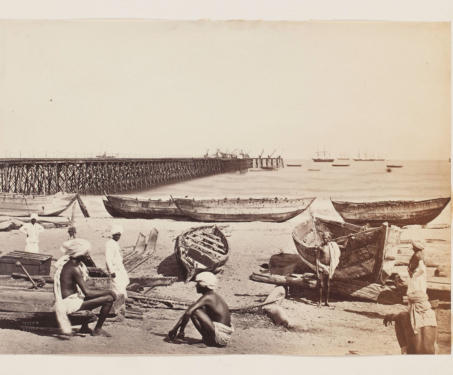
The history of the Madras Presidency is also the history of an embryonic nation finding its identity under colonial rule. We take you through some key moments, movements and personalities that shaped Madras and what would in time become India
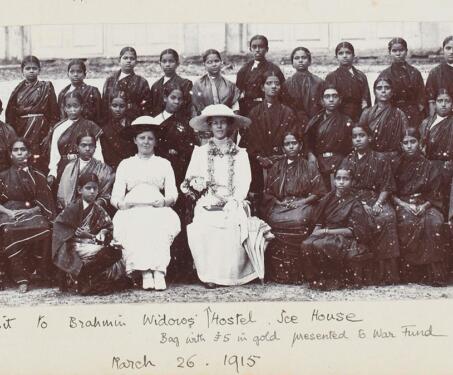
We dive into a study of family portraiture with a set of three albums belonging to John Sinclair, the First Lord Pentland, and the Governor of Madras between 1912 and 1919—and draw out the themes that emerge from this treasure trove of 20th-century photography
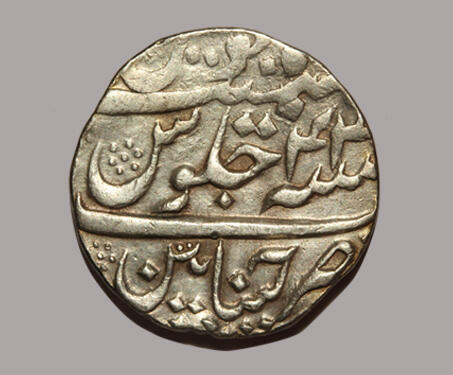
The East India Company (EIC) had established themselves in the village town called ‘Madrasapattam’ (now Chennai) in 1639-1640. This became the first major English settlement in India. In 1687, Aurangzeb’s conquest of Golconda and Bijapur led to the introduction of silver coins in southern India. The EIC sought permission from the Mughal Empire to mint… Read more »